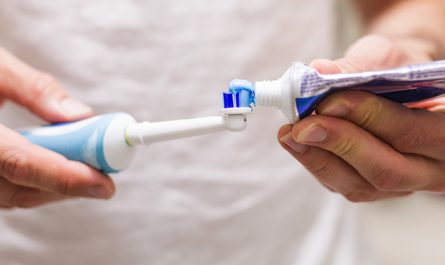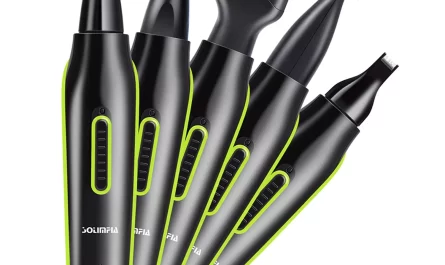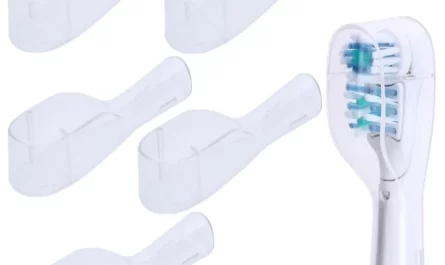The Benefits of Using a Water Flosser
Embracing the use of a water flosser can lead to a host of oral health benefits. Here are some key advantages that underline why incorporating a water flosser into your daily dental care routine is worthwhile:
- Gentler on Gums: Water flossers use a stream of water to clean between teeth, which is less abrasive compared to traditional string floss. This can be particularly beneficial for those with sensitive gums or gum disease.
- Effective Plaque Removal: The high-pressure water jet helps to remove plaque and food debris from areas that are often challenging to reach with a toothbrush. Regular use of a water flosser can significantly contribute to a reduction in plaque buildup.
- Ideal for Braces and Dental Work: If you have braces, bridges, crowns, or implants, a water flosser can clean around these structures more effectively than string floss, aiding in maintaining overall oral hygiene.
- Easier to Maneuver: For people with dexterity issues such as arthritis, a water flosser can be easier to handle and use than traditional floss.
- Reduces Gingivitis: Consistent use of a water flosser can lead to healthier gums by reducing inflammation and signs of gingivitis.
- Fresher Breath: By removing trapped food particles and bacteria, water flossing can contribute to fresher breath, boosting your confidence.
Incorporating water flosser tips into your dental care can enhance your oral hygiene routine and provide long-term health benefits for your gums and teeth. Remember, healthy gums are the foundation of a beautiful smile.
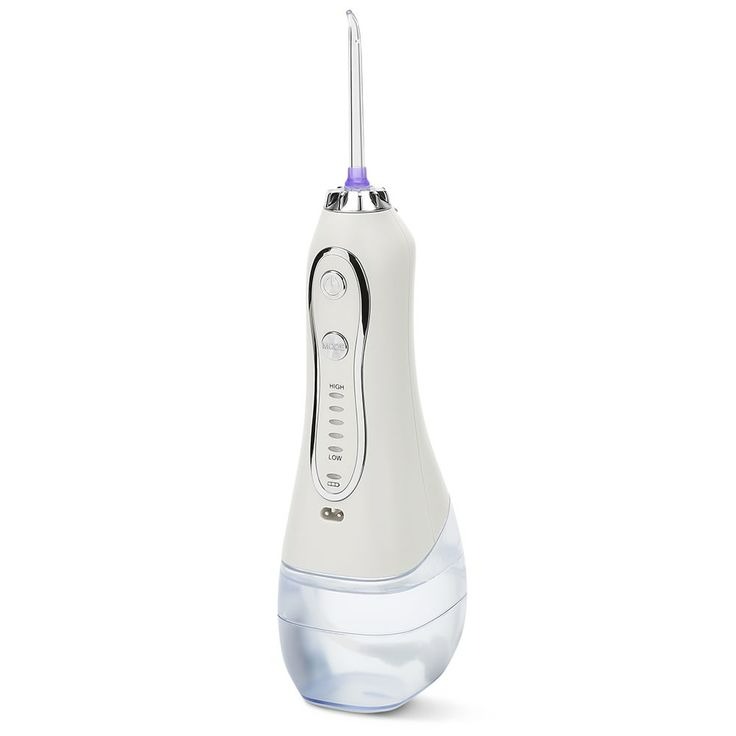
Types of Water Flossers
Choosing the right water flosser to suit your specific oral health needs involves understanding the different types available in the market. Here is a breakdown of the common categories:
- Countertop Water Flossers: These are the most common type, featuring a large water reservoir that allows for extended use. They often come with multiple water flosser tips and settings to adjust pressure.
- Cordless Water Flossers: Ideal for people on the go, these flossers are battery operated. They’re compact and portable, making them perfect for travel or small bathrooms.
- Faucet-Connected Water Flossers: These attach directly to your bathroom faucet, eliminating the need for a reservoir. They offer unlimited use without needing recharging or refilling.
- Shower Water Flossers: These integrate into your shower to use the water directly from your showerhead. They save space and the convenience of flossing while you shower.
- Travel Water Flossers: Specially designed for travelers, these fold-up or have a small form factor. They ensure that you can maintain your oral hygiene routine no matter where you are.
When considering which type to purchase, think about factors such as convenience, portability, power source, and the adaptability of water flosser tips. Each type caters to different preferences and lifestyles, so evaluate what works best for you.
How to Choose the Right Water Flosser Tip
Choosing the right water flosser tip is crucial for maximizing oral health benefits. Here are essential factors to consider when selecting a tip that meets your needs:
- Assess Your Dental Needs: Different tips are designed for specific dental issues. If you have braces, look for orthodontic tips. For deep cleaning, seek out plaque seeker tips.
- Consider Sensitivity: If you have sensitive gums, opt for softer tips that provide a gentler clean without causing discomfort.
- Look for Adaptability: Some tips offer adjustable pressure settings. These are useful for gradually increasing the intensity of water flow as your gums become healthier.
- Check Compatibility: Make sure the tips you choose are compatible with your water flosser model. This ensures proper fit and function.
- Multiplicity of Tips: Having various tips can be beneficial for households with multiple users. Each person can use a different, personal tip for hygiene.
- Quality Over Quantity: Invest in high-quality tips that are durable and effective, rather than settling for numerous low-quality options that may not last.
By considering these factors, you can select water flosser tips that enhance your flossing routine, addressing individual oral health needs. Remember, the right tip can make a significant difference in your oral hygiene practice.

Step-by-Step Guide to Water Flossing
Mastering the technique of water flossing can help you get the most out of this beneficial oral hygiene tool. Here’s a simple step-by-step guide to ensure you floss effectively:
- Fill the Reservoir: Begin by filling the water flosser’s reservoir with warm water. This helps prevent sensitivity and is more comfortable for your gums.
- Choose the Right Tip: Attach the appropriate water flosser tip for your needs. Make sure it’s firmly in place.
- Start with Lowest Pressure: To avoid gum discomfort, start with the lowest pressure setting. Increase as needed over time.
- Lean Over Sink: Lean over the sink and place the tip in your mouth. This minimizes splashing and mess.
- Guide the Tip: Move the tip along your gum line and between your teeth. Pause briefly between teeth to ensure thorough cleaning.
- Use a Mirror: Watch yourself in the mirror. This helps you see where you’ve been and where you need to go next.
- Be Methodical: Work around your mouth in an order that ensures you don’t miss any spots. Cover all sections evenly.
- Empty and Rinse: After you’re done, empty any remaining water and rinse the reservoir and tip. This keeps your water flosser clean and hygienic.
By following these steps, you’ll be on your way to cleaner teeth and healthier gums. Regular water flossing, when done right, can significantly enhance your oral health.
Best Practices for Effective Water Flossing
To achieve the best results with your water flosser, it’s essential to develop and follow best practices. Here are some tips to help you floss effectively:
- Consistency is Key: Use your water flosser daily as part of your oral hygiene routine.
- Thoroughness Over Speed: Take your time to carefully and gently move the water flosser tip along your gum line and between your teeth.
- Begin at the Back: Start with the back teeth and work your way forward to ensure you don’t miss any spots.
- Use Warm Water: Fill the reservoir with warm water for comfort, especially if you have sensitive teeth or gums.
- Adjust Pressure as Needed: Begin with lower pressure settings and increase as your gums become accustomed to flossing.
- Avoid Overlapping: Try not to overlap areas you have already cleaned to prevent overstimulation of the gums.
- Keep It Clean: Rinse the reservoir and water flosser tips after each use to maintain hygiene and prevent bacterial growth.
- Replace Tips Regularly: Change out your water flosser tips every 3 to 6 months, or sooner if you notice signs of wear.
- Focus on Technique: Pay close attention to your technique, making sure you’re not just cleaning the spaces between your teeth but also along the gum line.
Incorporating these best practices into your routine could make a significant difference in the effectiveness of your water flossing and overall dental health. By doing so, you can maximize the plaque-removing power of your water flosser, contributing to healthier gums and a brighter smile.
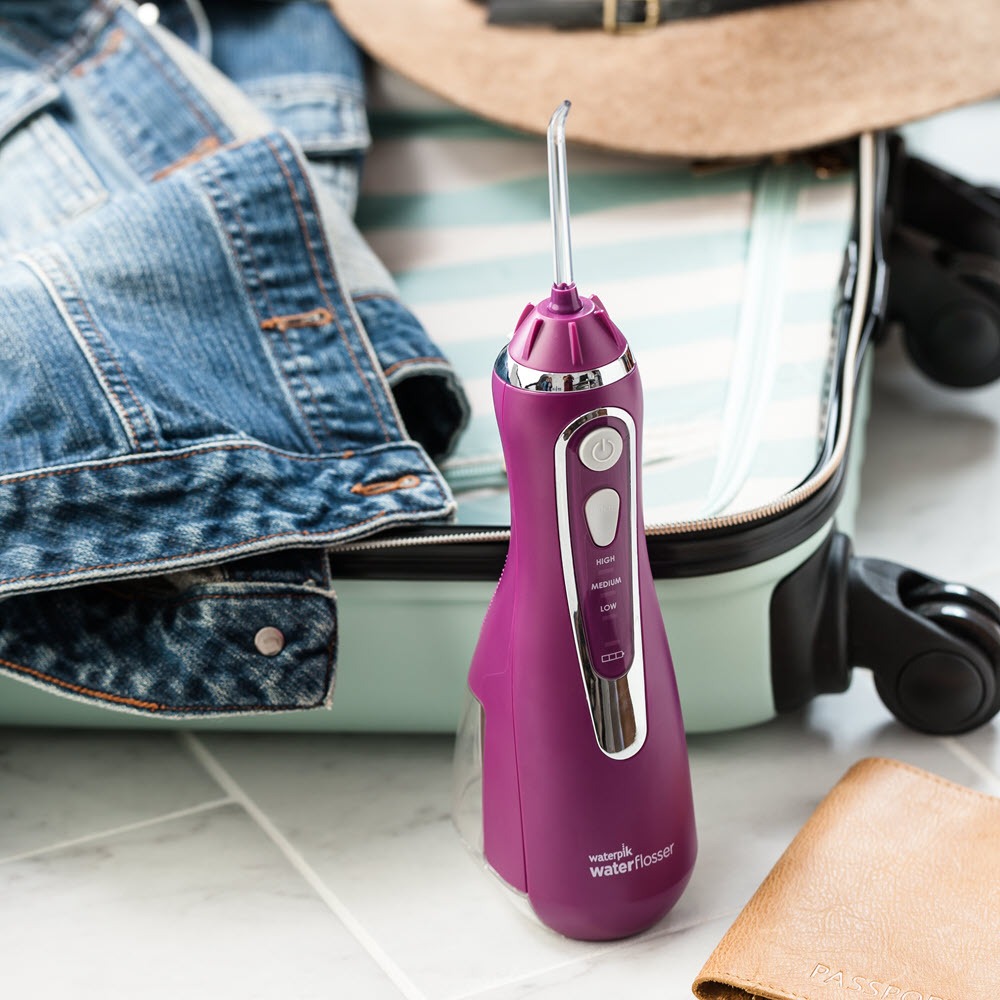
Common Mistakes to Avoid While Water Flossing
When using a water flosser, avoiding common errors can enhance the efficiency of your oral hygiene routine. Here are some mistakes to steer clear of for the most effective water flossing experience:
- Using Incorrect Pressure: Starting with too high a pressure might cause gum discomfort or damage. Always begin on a low setting and increase as needed.
- Not Angling the Tip Properly: The tip should aim at just above the gum line at a 90-degree angle. Incorrect angling can lead to less effective cleaning.
- Flossing Too Quickly: Rushing through the process won’t give the water jet enough time to remove debris. Move slowly and pause between teeth.
- Skipping Areas: Be thorough. Clean all areas, including hard-to-reach back teeth and along all sides of each tooth.
- Not Changing Water Flosser Tips: Over time, tips can become less effective. Replace them every 3 to 6 months for best results.
- Neglecting to Clean Your Device: Bacteria can build up in your water flosser. Regular cleaning is vital to ensure oral health and the longevity of the device.
- Forgetting to Floss Daily: Consistency is crucial. Water flossing should be part of your daily oral care routine to maximize its benefits.
- Assuming It’s a Substitute for Brushing: A water flosser is a complement to brushing, not a replacement. Continue to brush twice a day.
By being aware of and avoiding these mistakes, you can make sure that water flossing is an effective addition to your dental care regimen, thus supporting healthier gums and a cleaner mouth.
Maintaining Your Water Flosser for Longevity
To keep your water flosser working well for years, proper maintenance is key. Here are simple yet effective tips to ensure your device lasts longer.
- Regular Cleaning: Always empty the water reservoir after use. Rinse the reservoir and water flosser tips with warm water to remove residual particles.
- Deep Cleaning: Monthly, mix a solution of water and vinegar in equal parts. Run this solution through the flosser to help reduce mineral buildup.
- Dry After Use: Let the device air dry. Wipe down all parts to prevent mold and bacteria growth.
- Charge As Needed: For cordless models, don’t overcharge. Plug in your device when the power is low, and unplug it once it’s fully charged.
- Store Properly: Keep your water flosser in a clean, dry place. Avoid storing it in wet areas that can encourage bacterial growth.
- Check for Wear: Inspect water flosser tips for signs of wear. Replace them every 3 to 6 months, or sooner if needed.
- Follow Manufacturer’s Instructions: Adhere to the user manual for specific care and maintenance guidelines for your flosser model.
By taking these steps, you will maximize the life of your water flosser. Regular upkeep also ensures it remains effective at removing plaque and keeping your gums healthy.
Water Flossing vs. Traditional Flossing: A Comparison
Water flossing has gained popularity as an alternative to traditional flossing. To understand their differences, let’s compare them on a few essential points.
- Ease of Use: Traditional string floss requires good manual dexterity. Water flossers, on the other hand, are simpler to maneuver, particularly for those with dexterity issues.
- Effectiveness: Both methods remove plaque and debris. Water flossers can be more efficient around braces and dental work, while string floss is effective for tight spaces between teeth.
- Gentleness: Water flossers are gentler on gums, reducing the risk of bleeding, especially for those with sensitive gums. String floss can sometimes cause minor cuts and discomfort.
- Portability: While cordless water flossers offer portability, they are typically bulkier than string floss. String floss is very convenient to carry anywhere.
- Cost: Initially, water flossers cost more than traditional floss. However, they come with various water flosser tips and may save money over time.
- Maintenance: Traditional floss is disposable, so there’s no maintenance. Water flossers require regular cleaning to remain effective.
Each flossing method has unique pros and cons. The choice depends on personal preference, dental needs, and lifestyle. Consistent use of either will benefit oral health. Consider integrating water flosser tips into your routine based on these differences.


